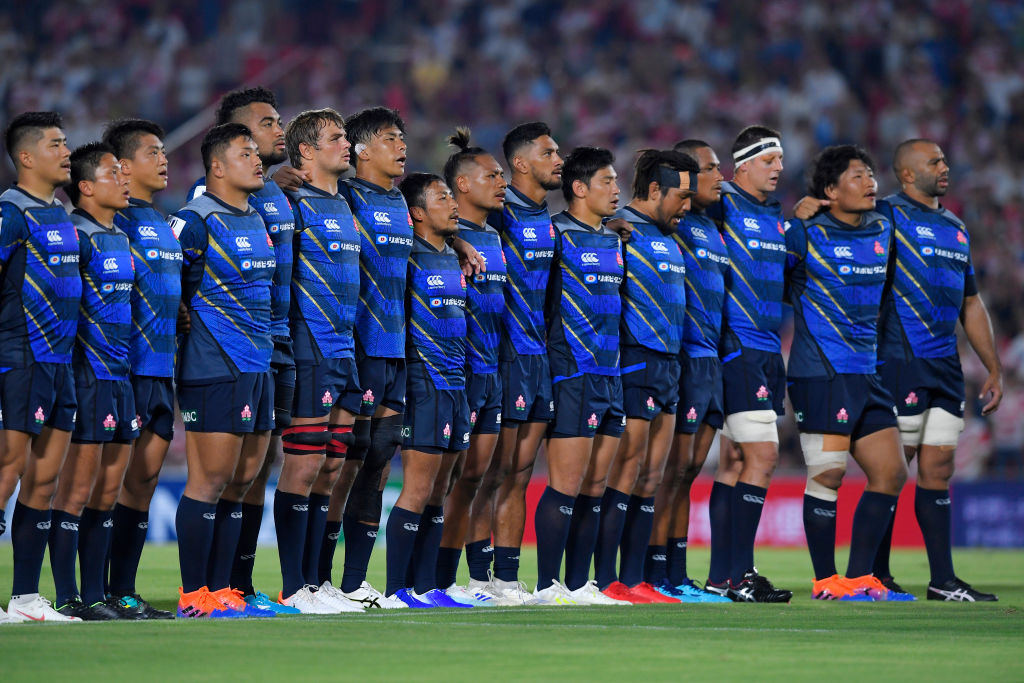
EVERY four-year cycle World Rugby have renewed their vow to promote second tier nations, and then failed to deliver on it. One mission statement has followed another from the amateur days into the pro era emphasising the importance of a vibrant Tier 2, not only in spreading the Rugby Union game around the globe, but also being genuinely competitive at World Cups.
However, on the eve of the 2019 World Cup in Japan, it is glaringly obvious that there is more gesture than substance to these mission statements.
While they can point to balance sheets that show plenty of money being thrown at Tier 2 unions – and a few financial misappropriation headaches along with it – the stark fact is that it has not worked.
For the record, in the eight World Cups held until now Tier 2 nations have made the quarter-finals on just six occasions from 64 quarter-final matches – and none has ever progressed to the semi-finals.
The Tier 2 unions waiting to make the big breakthrough are the same now as they were at the first two World Cups in 1987 and 1991 – Japan, Italy, USA, Canada, Fiji, Samoa, and Tonga – with Georgia a more recent addition.
The stasis is even greater among the Tier 3 whipping boys padding out the tournament format, who have made virtually no headway in the 32 years since it started. These include Russia, Spain, Portugal, Romania, Uruguay, Namibia, Zimbabwe, and the Ivory Coast.
In wealthy Tier 2 nations like the USA and Canada there has been no lift-off, and the same applies to Russia, Spain and Portugal, let alone those of the less wealthy countries in Tier 3.
It is also notable that, despite World Rugby’s mission to promote Rugby Union, the game remains virtually dormant in Germany, the biggest and wealthiest nation in western Europe, and the same applies to China, the most populous country in the world.
At the same time the major Tier 1 rugby powers in the Six Nations and SANZAAR guard their positions jealously.
This includes taking an increased share of World Cup profits to underwrite the costs of the professional game, rather than ploughing it into key initiatives aimed at increasing playing participation and awareness in Rugby Union outside their own borders.
They are looking after their own interests with the blinkers on – including maintaining their status at World Cups – rather than seeing the bigger picture of a global game which is in danger of shrinking rather than growing.
That is why this ninth edition of the World Cup, which is being hosted outside the big eight Tier 1 unions (England, France, South Africa, Australia, New Zealand, Wales, Ireland, Scotland) for the first time, is so crucial to this sport’s future.
In making Japan the host nation, World Rugby are hoping to make a statement about having a truly global vision for the sport, especially as the Asian-Pacific region, with China at its epicentre, is a huge potential growth area.
The main drawback is doubt about Japan’s capacity to mount a credible challenge on the pitch. It is questionable whether the Japanese – who historically are physically smaller than Europeans, Polynesians and Africans – have the firepower to make it out of the Pool stages into the last eight, let alone have a prayer of winning the tournament.
The biggest hurdle facing Japan, and the other Tier 2 and 3 nations, is whether they can develop the physical DNA to be successful in an era in which professional rugby has taken the game towards increased power and weight, rather than aerobic fitness.
Japan has made progress in meeting the power/weight quotient required, but it has come at a price.
It is intriguing that when Japan played England at Twickenham last November the weight differential was minimal. The total weight of each pack saw the English weigh-in at a negligible one stone (6.3kg) heavier than the Japanese, while the total difference between the backlines was just under three stone (19kg).
The policy of Japan picking overseas players that has led to this near parity – with 16 of their 31-man World Cup squad not Japanese-born – was defended by their Kiwi coach Jamie Joseph this week.
Joseph, a former All Black flanker, said his aim was always to pick a Japanese player over a foreigner if everything was equal, but then he added this candid proviso about why his side is stacked with Kiwis, South Africans and Pacific Islanders:
“What the foreign players give us is two things that Japanese players, in most cases, don’t have. One is their physical size and presence. The second is experience.
“A lot have played from the age of five, not 15…and therefore they have skill sets and experiences that are going to help us, particularly in moments of pressure, which we will have in the World Cup.”
Joseph’s explanation of why he is prepared to stretch the bankrupt World Rugby three-year residency ruling as far as he can is honest, but it also exposes the difficulties inherent in arriving at a World Cup in which there are 20 competing teams.
What World Rugby should do to assist nations like Japan is amend the laws to rebalance Rugby Union as a game which rewards stamina, aerobic capacity, and skill as much as it does power/weight – and that means a drastic cut in bench numbers which should bring an end to 20 stone forwards who can run for only 20 minutes.
What Japan can do for themselves is be more proactive in forging links with, for example, their own national sport, Sumo wrestling, in search of big, powerful, explosive front row forwards, rather than always looking overseas for a quick fix.
That way we might see a Tier 2 nation finally make the big breakthrough to play in a World Cup semi-final – or even final.
NICK CAIN

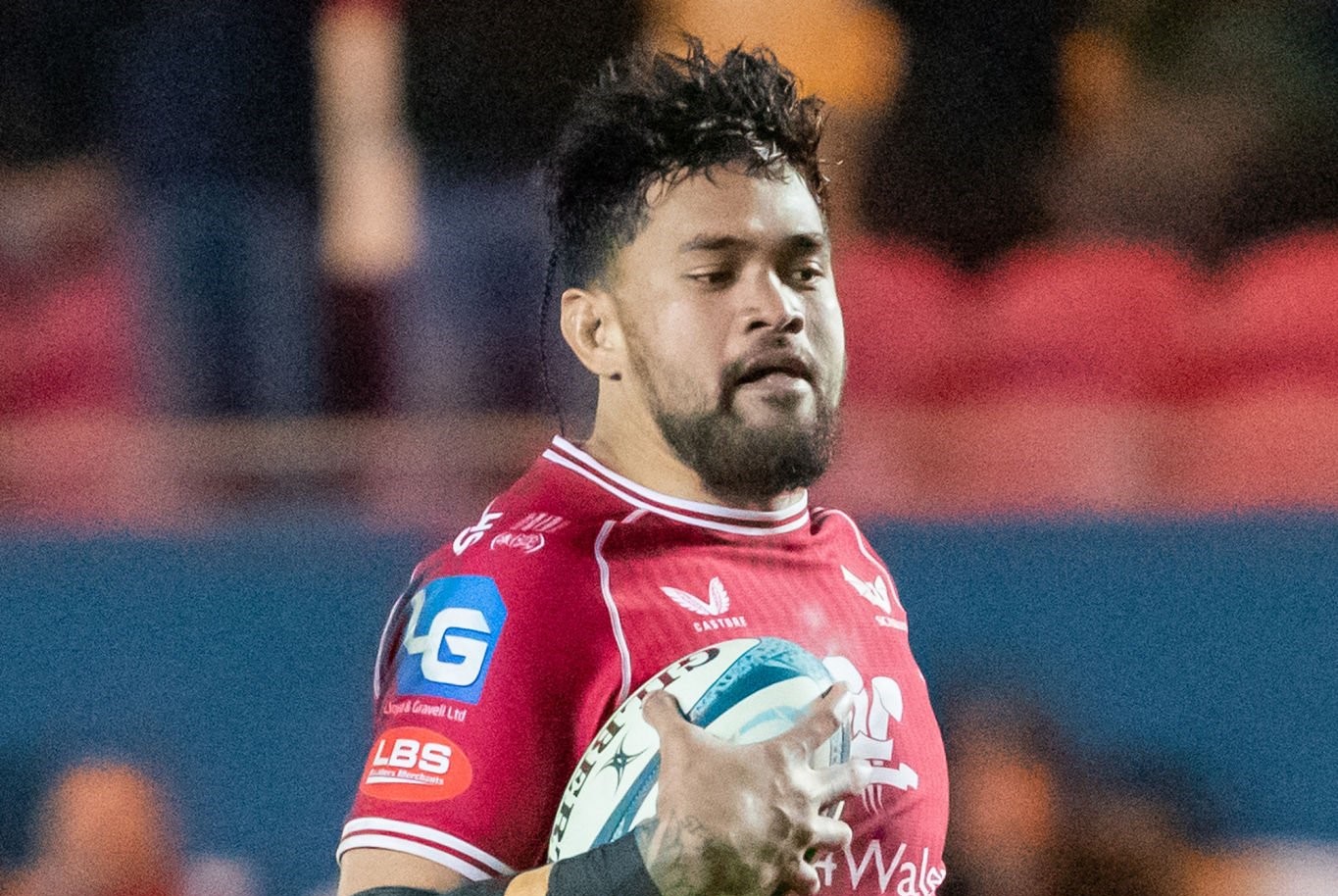
United Rugby Championship
Vaea Fifita’s commanding presence has Scarlets pushing for URC play-off spot

British and Irish Lions
British and Irish Lions Watch: Caelan Doris confirmed to miss the tour with injury



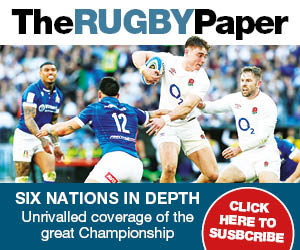

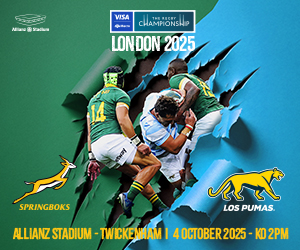















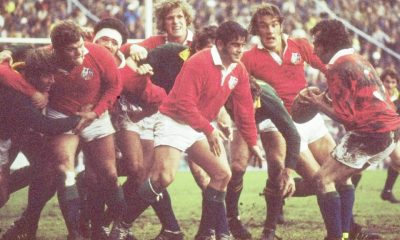



You must be logged in to post a comment Login